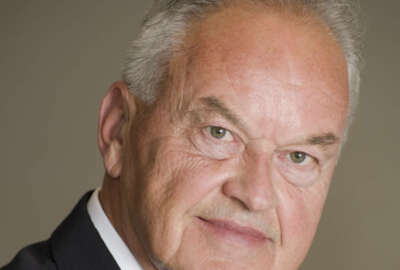
Women work cheaper, but why?
Is bias or deliberate discrimination the sole cause of women professionals being paid less? It would be glib and easy to say so, but likely incorrect.
My first supervisory job came to me in 1982. I didn’t have any say over the salaries of the two people who reported to me day-to-day. One was male, one female. I just gave assignments and edited copy. My boss at the time, who’d once run a printing press, commented on why the publishing industry hired a lot of women: “They work cheaper.”
His tone added, he didn’t endorse this condition, but merely accepted it as a dreary cosmic constant.
The latest of many, many studies of the male-female pay disparity came yesterday from the The Wall Street Journal. Reporters there analyzed Census Bureau data on pay for professionals like doctors, financial advisers, even judges and magistrates. They found women … work cheaper. It quoted numerous economists and academics, including from Harvard, who have studied this issue and concluded no one really knows why or what causes the pay disparity. Probably no single, definitive answer exists.
The story also pointed out that even among compensation managers, women on average receive lower pay than men — this in a profession where they know what everyone in the organization earns!
More commentary
In the federal government, because people work in pay grades, there’s less disparity between men and women on equal GS levels. If a manager wants to discriminate, he or she can do it by withholding performance bonuses, promotions or plum assignments, but not with basic salary.
Maybe the only other place where everyone gets the same pay is in minimum-wage jobs.
But is bias or deliberate discrimination the reason women doctors, physical therapists and pharmacists are paid less? It would be glib and easy to say so, but likely incorrect, or at least not the full explanation.
The discrimination answer has its adherents. For instance, the Institute for Women’s Policy Research states flatly, “Outright discrimination in pay, hiring, or promotions continues to be a significant feature of working life.” But Harvard economist Claudia Goldin told NPR last year, she doesn’t accept discrimination as the major cause except in specific cases. Goldin cited the “high cost of temporal flexibility” as a big contributor to the pay gap. In some high-end professions, you work your tail off for long hours and get a big pay day, Goldin said. But if more women opt for the flexibility to care for children or elderly parents, or make different work-life trade-offs, they’ll end up making less. That is, the job may be the same but the work isn’t.
Some studies show recent graduates all doing about the same in salary, but also show the gap appeared to widen as people progress deeper into their work lives.
Whatever the cause, the pay gap is persistent. A Forbes article last year detailed the male pay advantage even in Hollywood, where actress Jennifer Lawrence wrote about it in a newsletter. She blamed her own lack of negotiating skills. This, too, is widely cited as a factor: women aren’t skilled or assertive enough in demanding higher pay. And get this — Forbes, citing the Annenberg School at the University of Southern California, reported women were only 28 percent of the characters in 2014’s top 100 grossing movies.
One Obama administration gambit to try to even out the pay gap is to propose transparency rules from the Equal Employment Opportunity Commission, so companies have to disclose what everyone makes. That approach pre-supposes discrimination as the principal cause and would bring on federal enforcement power. That’s a simplistic, political approach that would burden businesses, engender litigation and probably not move the needle much. Pay discrimination on the basis of gender is already illegal. It’s unrealistic to think that every business in the United States is deliberately flouting the law.
One body of thought says the whole pay discrimination idea is but myth. Christina Hoff Sommers, scholar-in-residence at conservative think tank the American Enterprise Institute, wrote in Time back in 2014, “The bottom line: the 23-cent gender pay gap is simply the difference between the average earnings of all men and women working full-time. It does not account for differences in occupations, positions, education, job tenure or hours worked per week. When such relevant factors are considered, the wage gap narrows to the point of vanishing.”
The question won’t vanish. No one advocates unequal pay in equal circumstances. People, jobs, and circumstances in an economy like that of the United States have literally infinite variables. Yet, you rarely see a roll-up where men make less.
Copyright © 2025 Federal News Network. All rights reserved. This website is not intended for users located within the European Economic Area.
Tom Temin is host of the Federal Drive and has been providing insight on federal technology and management issues for more than 30 years.
Follow @tteminWFED






